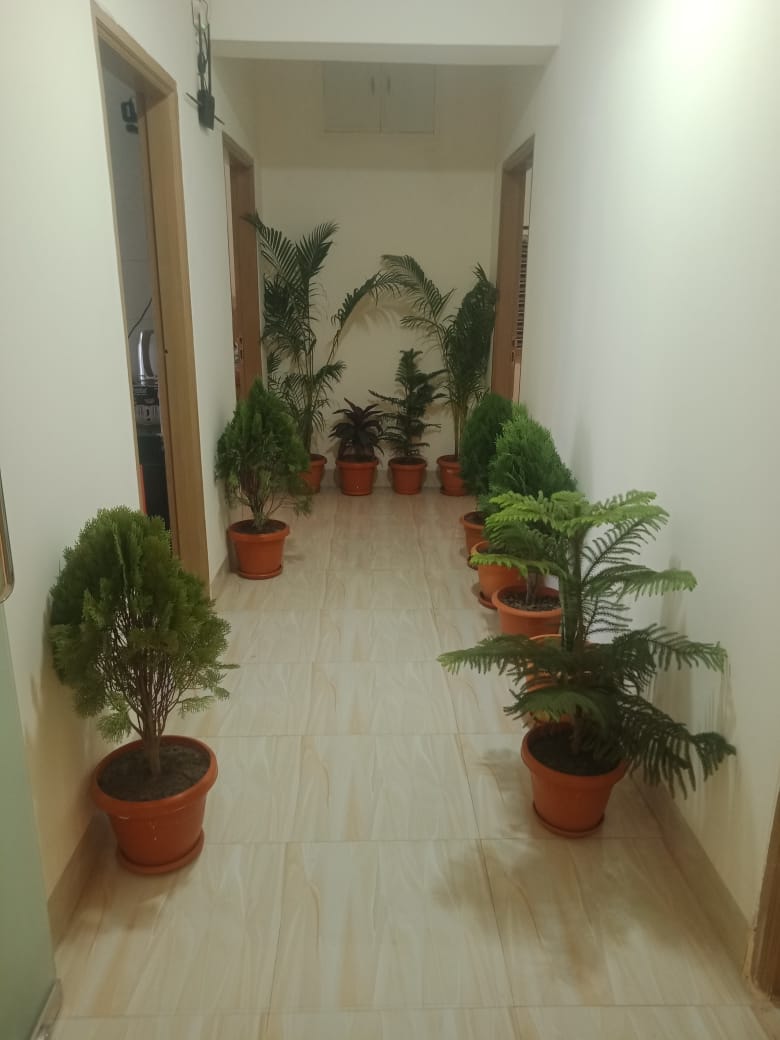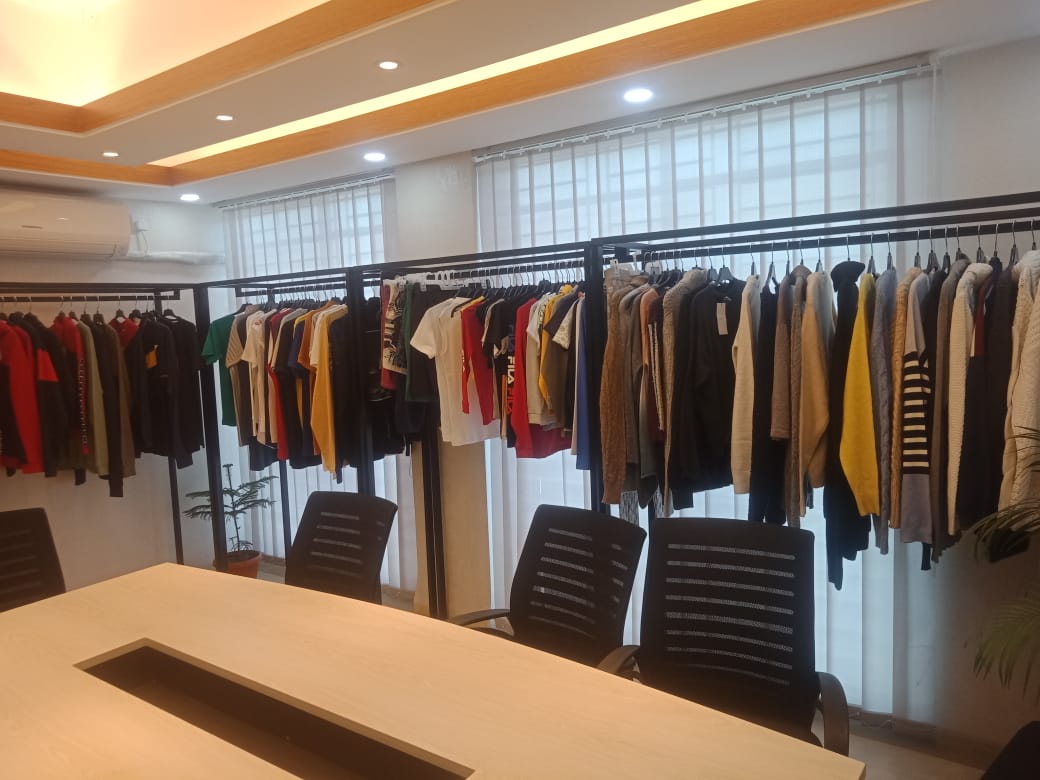Prosperity and Current Status of Bangladesh in the Apparel Industry
History of readymade garment industry in Bangladesh
Bangladesh is a South Asian country, has a population of about 170 million people. Bangladesh’s economy is heavily dependent on agriculture. Interestingly, Bangladesh’s Garments Sector (RMG) has emerged as the largest foreign currency. The sector creates around 4 million jobs and contributes significantly to GDP. Bangladesh’s ready-made garments (RMG) driven by young, urbanized workers, where most of them are female. The ready-made garment industry of Bangladesh started its journey in the sixties. Additionally, in the late seventies, the industry began to develop as an export-oriented sector. Currently, it is the largest export oriented industry in Bangladesh.
After independence in 1971, Bangladesh was one of the poorest countries in the world. Bangladesh did not develop a large industry due to the discriminatory attitude and policies of the West Pakistani government at the time, known as East Pakistan. Thus, rebuilding a war-torn country with limited resources has emerged as the biggest challenge. The readymade garment industry acts as a catalyst for the development of Bangladesh. The tag “Made in Bangladesh” has brought pride to the country, it has become a prestigious brand worldwide. Bangladesh, once what critics call a “bottomless basket,” is now a “basket full of surprises.” The country of limited resources has maintained an average annual GDP growth rate of 6% and has led to remarkable social and human development.


The potential of the Garment Industry
Until a decade ago, most of the weaving factories in Bangladesh produced inferior yarns. The ability to produce high quality yarn and polyester cotton blended yarn to meet the needs of the readymade garment industry was extremely limited. However, the situation has changed significantly as the demand for ready-made garments has increased, especially in the private sector. Yarn production in 1999 covered only 22% of the country’s total yarn demand. By 2011, annual yarn production has increased, accounting for about 90% of domestic demand and meeting most of the demand in the exportable apparel sector. Interestingly, to the development of the textile industry, the primary textile sector contributes about 51 percent to the total exports. According to 2011 statistics, the local textile sector covers 40 percent of the demand for readymade garments or oven garments. Locally produced yarns and fabrics meet more than 95% of the demand for knitwear. Annual yarn production at state and private textile factories is 134 crore kg. Which covers 90 percent of the demand for yarn and cloth in the local market. Exports also meet most of the demand. However, most of this growth has occurred in the private sector.
Bangladesh’s textile and garment industry is financially backed in many ways. Garment is one of the sources of revenue for exports. In 2002, Bangladesh exported 8% of textiles and garments. Due to the increase in female workers in our country in 2013, total foreign exchange sales reached $ 19 billion. China is the largest exporter in the world. After that, Bangladesh was second and now third. Interestingly, 60% of Bangladeshi textile buyers are from European countries and the remaining 40% are from American countries. Currently, Bangladeshi women are a higher priority in this industry. Employees are also given benefits. Thanks to their efforts, the country’s industry has come a long way.
Bangladesh RMG in World Forum
Bangladesh is a member of the World Trade Organization (WTO) and its exports of various products of the garment industry are benefiting from the policy of maximum benefits offered by developed countries. Bangladesh is a favoured partner of the European Union’s Generalized System of Preference or GSP. The country is a signatory to the Uruguay Conference on Textiles and Garments. Bangladesh has also signed bilateral multifibre agreements with Canada, the European Union and the United States on textile and garment trade. Today, Bangladesh’s garment industry is making great strides. City-centred industries are mainly developed in consideration of raw material equipment, geographical location, communication system, etc. As a result, the number of factories is increasing rapidly year by year. Bangladesh is home to the world’s most environmentally friendly green garment factory. So far, 143 factories in Bangladesh have been certified as environmentally friendly green factories. Of which 41 are platinum factories. The garment industry is Bangladesh’s largest source of foreign currency income. Which is playing a significant role in creating employment for illiterate, poorly educated men and women. Most of the garment factories are located in Dhaka, Narayanganj, Gazipur, Sabar, Chittagong and more. Sewing factories are currently being built nationwide. This creates employment opportunities for people. The garment industry is currently the largest sector of the country’s economy, foreign trade and .employment of female workers. 7% of all domestic workers are employed in the garment industry.

Challenges of Bangladesh RMG
BGMEA has also taken various steps to protect workers from corona infection by coordinating life and livelihood in corona. In the light of the recommendations of the Ministry of Health, ILO and WHO of the Government of Bangladesh, BGMEA has formulated health rules / protocols for the member factories and the garment factories are operating in strict compliance with these rules. Noting that Bangladesh’s apparel industry has gained global recognition for its commitment to safety, sustainable development and workers’ welfare, Hasan said the Hong Kong-based supply chain compliance solutions provider ranked Bangladesh as the second highest ethical manufacturing country in its latest report. BGMEA has been awarded the “2021 USGBC Leadership Award” for its unique leadership in green industrialization in the readymade garment industry. BGMEA has joined the United Nations Fashion Industry Charter for Climate Action with the aim of reducing greenhouse gas emissions by 30% by 2030.

